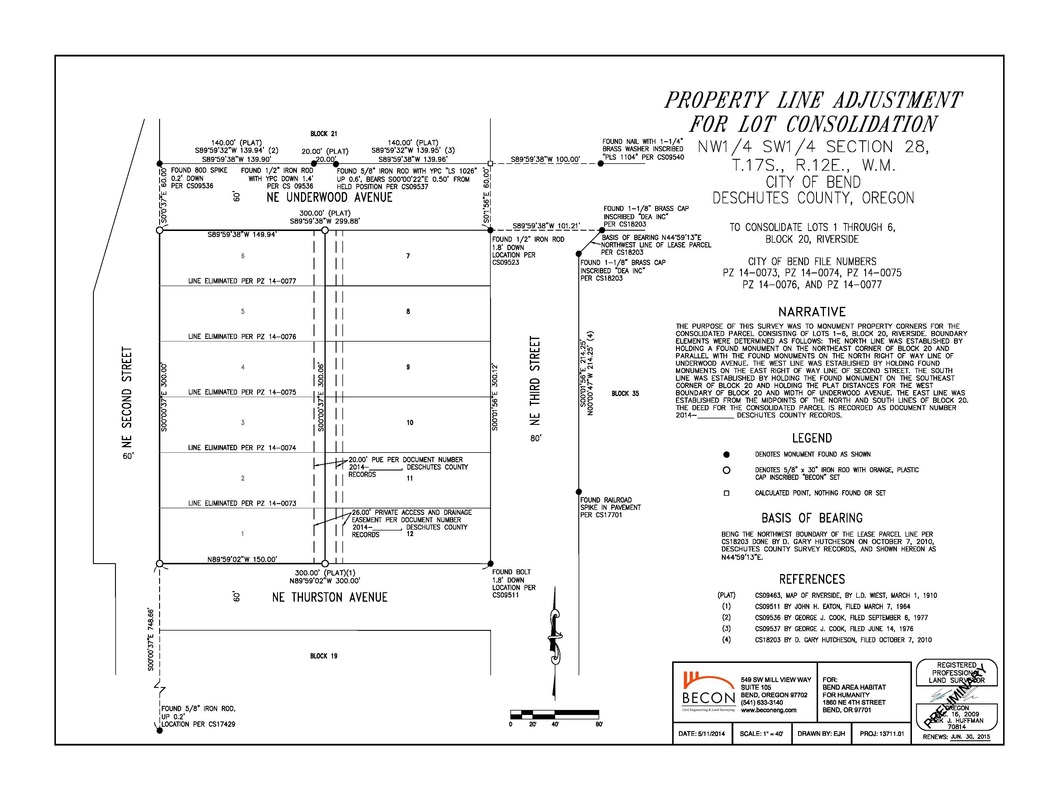

Unfortunately, while the intent is sound, the outcome can often be disastrous. With the pure aim of making the overall job more straightforward. This will often mean that they will work around any obstacles on site, often meaning that fences will meander or run off their plane. In many cases to their credit, a fencer will try and undertake a job in the most time and cost effective way possible. What can often start as a well planned replacement of a defective fence, can quickly lead to a boundary dispute. In England and Wales it is not uncommon for adverse weather especially in the winter months for fences to be blown out of locality, blown down in their entirety. The owner who has instructed the boundary surveyor will want to ensure that the true and proper boundary line is reinstated and restored thereby ensuring that their properties boundary line is not detrimentally moved, changed or adjusted.īy far the most common and typical lead up to a boundary dispute is one owner replacing fences. Conversely, if the construction works have taken place in the past and have interacted with the boundary line. This can often lead to a boundary dispute in the making, with many owners wanting to take the first step to stop or prevent any planned interaction with the boundary itself. The owner who reviews this will take issues in the way that the plans have been prepared or how they set out the boundary line. If it is indeed planned, in many cases the neighbouring owner would have applied for planning approval through the local authority website. The interesting element about construction work is that it can be both historic or planned. If indeed there is a backlog of dispute between the particular neighbouring owner, we would advise that you attempt to air this out and resolve it directly with the neighbour first, ideally not using the boundary dispute or the boundary surveys input as a vessel to combat historic neighbourly issues.Īnother typical lead up to any boundary dispute is construction works.

Having a neighbour interact or adjust a property boundary can easily become a quick bone of contention and can often snowball into a larger dispute. Here at Stokemont, we underrated that for many of us our property is our most prized financial possession, furthermore for many of us it is also the largest asset we own. With that interpretation then leading to some form of interaction with the boundary line, such as replacing a fence, removing vegetation or building some form of wall up to or alongside of it.Īnother typical issue that we have seen throughout the years with boundary disputes is there is often a non relation issue or dispute that gets wrapped up into the matter.


This can be as simple as one neighbour misinterpreting or misunderstanding where the boundary is. The first typical characteristic that the majority of boundary disputes have, is some form of minor dispute or issue.
#Boundary survey professional#
In this blog post, we are going to be taking a look at these, in the hopes of fully advising you and hopefully aiding you in avoiding the professional input and need for a boundary survey. In that time, there have been a number of repetitive and key characteristics that we believe forms the basis of the majority of the boundary disputes that we handle. Over the years, we have seen all different types of boundary disputes, from your conventional terraced property, to your detached house to land, commercial and even 14 century churches. Here at Stokemont, one of the most common services our surveyors undertake on a weekly basis is boundary surveying. In this week’s Property Surveying blog post, we are going to be looking at boundary surveying, boundary disputes and boundary determinations.


 0 kommentar(er)
0 kommentar(er)
